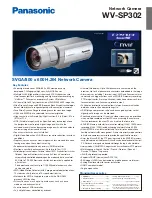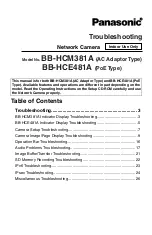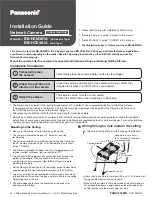
PMP Synchronization Solutions User Guide
CMM Planning
PMP-0297 007v001 (January, 2017)
3-11
CMM Planning
The following sections discuss Ethernet cabling, power, syncing two co-located CMMs together,
and engineering and ordering cables.
Typical Ethernet Cabling
Physical connectivity and cabling of the CMM4 is variable and is done per the specific
requirements of a given installation. The following sections depict several variations for specific
network configurations. Based on these typical layouts, operators should design connectivity and
cabling that best meets their site-specific needs.
CMM4 models 1091HH and 1092HH do not contain an EtherWAN switch, and operators may
supply an external switch for Ethernet traffic management (such as switch-based VLAN, MAC-
based trunking, port security, port mirroring, QoS, etc.). This external switch may be cabled
similar to the EtherWAN switch in the diagrams below.
Standard Ethernet Cabling Configuration
and
show the CMM4’s internal ports connected in a standard cabling
configuration. In this configuration there are four Ethernet connections to radios and one
connection to a terrestrial feed. The four Ethernet ports that are powered (indicated by a red light
for 29V or a green light for 56V) were configured using the CMM4 configuration web page. The
Ethernet connection to the terrestrial feed is not powered (no red or green light). An Ethernet
cable connects the controller board management port to the EtherWAN switch. Four of the eight
Ethernet ports to radios are shown as unpowered and unused in this configuration. Local access
during local maintenance could be gained by connecting an Ethernet cable from a local computer
to any of the unpowered ports or to an unused port on the EtherWAN switch.
















































